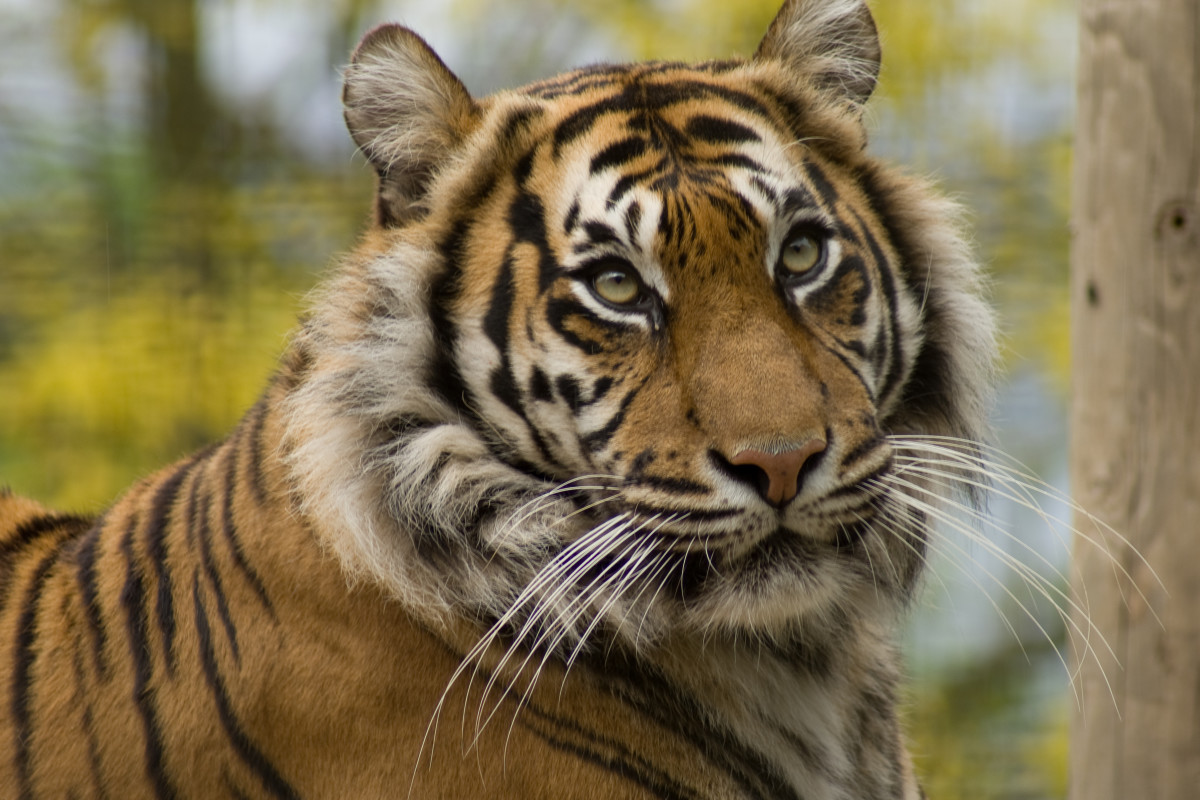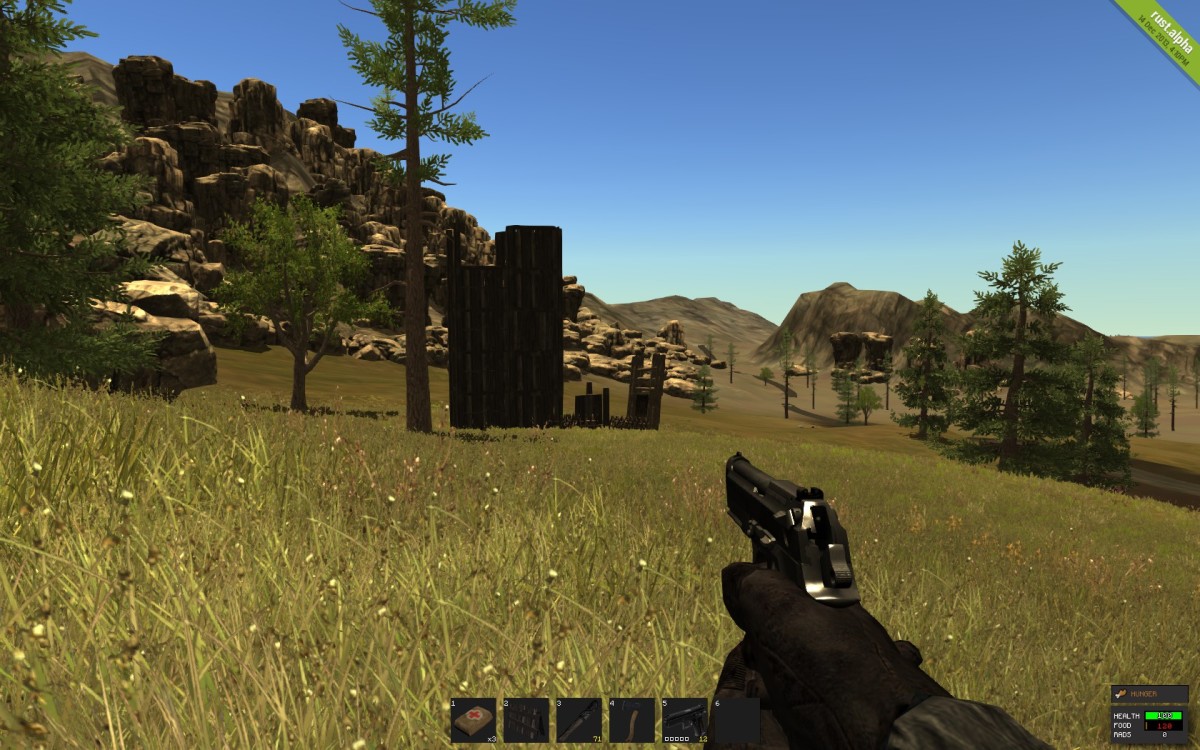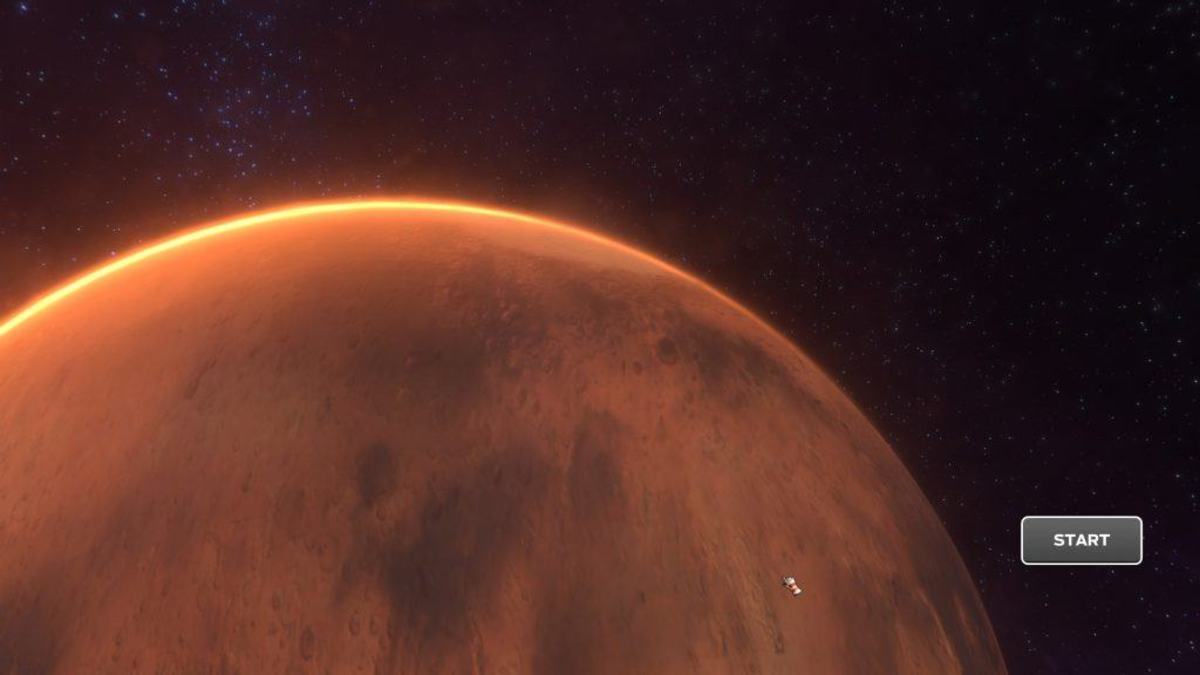The Life of Pi vs The Stark Choice of Cannibalism!
Coincidence?
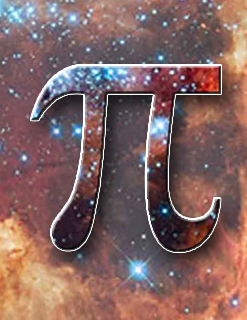
Life of Pi
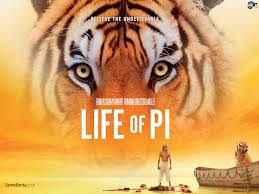
Life of Pi
The Premise
Faced with the stark choice of slowly starving to death, which from what I read is an extremely painful way to die and eating human flesh as a way to survive, many people would naturally be repulsed but I suspect ultimately they would do what was necessary to survive. In this article The Life of Pi vs The Stark Choice of Cannibalism I will share with my readers the symbolism and clues given to the viewer during the movie Life of Pi that showed the deeper meaning behind this great story.
Pi, the main character, is introduced to a tiger named Richard Parker early in his childhood while growing up in India at his father zoo and makes an instant connection, even claiming he could see that the tiger has a soul through the tiger's eyes. This is an important clue and allows us to make human connection to this animal for later in the movie, as I will explain. His father decides to teach him a lesson by tethering a goat to the tigers cage and forcing Pi to watch the inevitable result of how predators deal with helpless prey.
Early in Pi's childhood we see how he explores many different religions and begins to create his own particular view of God. The story is being told by a much older and more philosophical Pi now living in Canada, so we know that he survives his ordeal at sea.
The real story begins when his father decides to relocate the family zoo to Canada and the entire family board's a large ship named the Tzimtzum for North America, with the zoo animals in tow. Even the word Tzimtzum is a clue to the symbolism involved in this movie (a Kaballahistic term) as it means the empty space God has created to allow the spiritual world to merge with the physical so that free choices can be made to encourage the enlightenment of sentient beings.
While on board we are introduced to the other significant characters in the story. An angry ship's cook played by Gerard Depardeu and an oriental sailor that is willing to share his rice with the family, that is vegetarian.
The ship's cook and the family argue over the food that is being served as they don't eat meat (another important clue) as that is all the cook serves. The oriental sailor comes to the rescue and shares his rice with the family. The scene is not played up as momentous but is important because it introduces us to all the characters and emphasizes the point that the family is strictly vegetarian, while creating conflict between Pi and the cook.
The whole movie which is based on a 2001 book by Yann Martel of the same name, is really about the choices we make in life and how they help to determine who we are as an adult but the underlying theme that most people I talked too didn't get is how our minds alter our perspective to keep us sane. The ego is a very fragile piece of software and often times when confronted with information and experiences it can't handle, our minds will step in and create scenarios which allows us to keep our fragile world view or paradigm intact or our concept of God.
As we will see Pi's mind creates an elaborate story to protect his ego from the stark reality he is faced with, surviving at sea in a lifeboat with very little to eat or drink. Very quickly, after watching the ship sink, the pecking order in the lifeboat is established. The tiger retreats and hides, the zebra cowers in the back of the boat lying injured in a very human manner and Pi and the orangutang are left to face the wrath of the angry hyena.
The Coming Storm
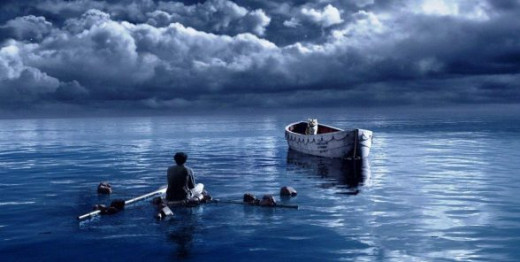
Life of Pi
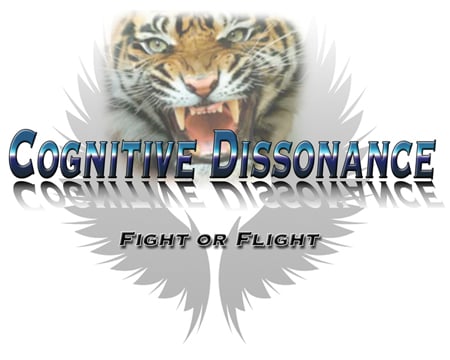
The Storm
During a storm Pi wakes up from his sleep and tries to get his older brother to go top side and watch the lightening with him but his brother decides to stay behind. The ship begins to sink, although the movie never explains why. Pi realizing the danger tries to rescue his family trapped by the incoming sea water while dodging the zoo animals that have some how gotten loose. He is forced by the flooding water below decks to return to the deck of the ship, where he finds some sailors and the cook trying to lower a lifeboat so that they can abandon the sinking ship.
After some struggle with the lifeboat our hero ends up falling into it along with an injured zebra and a hyena, they are later joined by an orangutang and a tiger. The improbability of this scenario should give the movie watcher their first big clue but for me it was the mannerisms portrayed by the zebra that seemed all too human and made me begin to question the premise. After all at least a few humans should have made it into the lifeboat, so for Pi to be the only human with four animals, made me ponder what I was really seeing.
The pace of the movie and the way we see it unfold only through Pi's eyes doesn't really give us the chance to recognize the underlying theme of cannibalism or the improbability of animals being the only ones that manage to get into the lifeboat. Only humans would be smart enough to know that the lifeboat offered them a chance at survival and to swim to it. So we should have at least recognized subconsciously that the survivors were indeed human but only being portrayed as animals because Pi was telling the only story that would allow his ego to remain intact.
Later in the movie another storm threatens our hero and to me this symbolized the stark choices Pi faced in order to continue to survive. After all God puts no obstacles in our path that we are not spiritually capable of overcoming. It also showed that even in times of extreme danger and impending doom there is life and that how we perceive the threat is paramount to our own spiritual and physical survival.
The Hyena
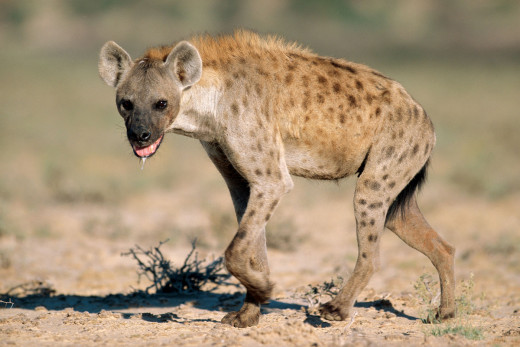
The Connection
I'd like to know if while watching the movie you realized that Pi was Richard Parker and was eating his dead friends?
Survival
The social pecking order among the survivors on the lifeboat is quickly established, with the hyena (cook) dominating the others, even the tiger, which hides in the beginning. The zebra (the oriental sailor) is injured and remains at the back of the boat unable to move around much.
At this point the movie centers around the interaction between the orangutang (his mother), Pi and the angry hyena for dominance in the cramped space. Even then we don't get any sense of the decisions facing the members of the boat as they realize the grim reality of survival in the open sea.
The hyena symbolizes the selfishness of mankind when faced with survival, where often times people will think of themselves first, without ever recognizing that the path to true enlightenment is through sacrifice. The hyena quickly kills (murders) and eats the zebra and then the orangutang as well. Pi as the tiger dispatches the hyena and takes his revenge for the murder of his mother.
What is important to realize is that by creating the image of himself as Richard Parker (the tiger) Pi is justifying his realization that he must eat his fellow shipmates to survive. Tigers are meat eaters and he must eat meat to survive, although the prospect of eating your dead friends could drive most people insane. Seeing himself as a tiger is the illusion his mind has created to allow his ego to remain intact and thus justify his need to eat his dead friends.
It then begs the question of what is reality and what is make believe, perhaps even the food and water he finds stored in the boat is an illusion as well.
Floating in the Sea of Life
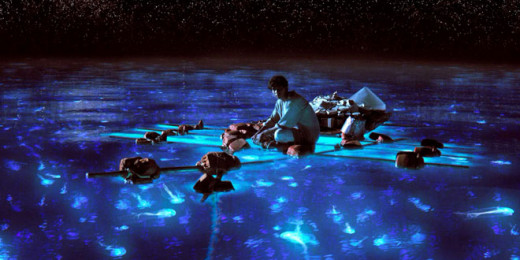
The Pi Symbol
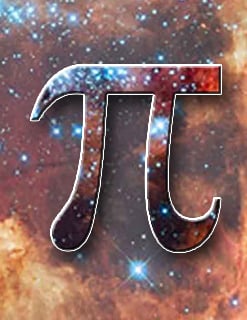
Symbolism
This movie is chalked full of symbolism and the special effects give us all the clues we need that all of life is inter-connected. The scenes show us over and over again that we are connected to the vastness of the Universe through God as the lifeboat seems to float through the Tzimtzum or emptiness of the vast cosmos.
One of the most compelling scenes is when Pi leans over the edge of the lifeboat and peers into the depths of the ocean of life. Even the lifeboat itself could be considered a metaphor for our soul as it drifts through life rocked on the tide of experience, helping us to realize that our lives are not about any particular destination but the journey itself.
As it becomes apparent that Pi is starving to death and all hope seems lost, he comes across an island that seems like a gift from God. While on the island, three more clues are given to the viewer to help him recognize the symbolism.
We get a view of the island from the open sea and it is in the form of a man lying down.
Pi discovers that the island is carnivorous, meaning that the human body will eat itself as it dies of starvation.
Pi decides to leave the island and knows that Richard Parker will leave with him even though the tiger has an unlimited food source of meerkats that live there.
However the symbolism that touched me the most was near the end of the movie when upon finally reaching dry land, Pi is lying on the beach watching Richard Parker walk into the jungle. Right then the viewer finally realizes that the reason the tiger never looks back is because Pi and Richard Parker are one and the same.
Pi
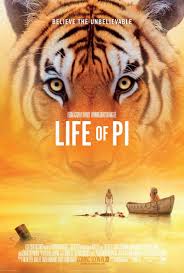
- Endangered Species, the Human Race and the Native American Genocide
We have become an endangered species by throwing away our God given gifts, heart and soul and only trusting what we can prove with our logical mind. Learn why the Native American Genocide was a way of eliminating the spiritual practices of a group of - Pineal Gland the God Organ
The pineal gland or third eye as it is known in the Hindu religion is said to be a direct link to the Divine Source. This article explains the purpose of this organ, what is known and how it works. According to Descartes it is the seat of the soul an - Cataclysmic Doom vs Spiritual Awakening: How to Recognize the Truth
This article explores the difference between fear based Fake Stream Media reports and learning to trust and think with your heart, once you learn the difference the truth becomes obvious.
Conclusions
While this movie dazzles the viewer with awesome special effects and an incredibly life like tiger, with a story line that defines the true genius of human imagination and compassion, the underlying premise goes largely unnoticed.
This movie won many awards, including but not limited too four Academy Awards and won the praise of movie goers the world over however many people are still unaware of the spiritual implications.
While listening to a discussion of the movie from my fellow employees, I was unable to stifle a chuckle and this elicited my opinion about the movie. When I shared with them the fact that I believed the movie was about the grim choices we must make when faced with our impending doom, they asked me to clarify what I meant.
I responded by sharing with them what I have written about in this article The Life of Pi vs The Stark Choice of Cannibalism. I told them that Pi when faced with the realization that he had to eat his dead ship mates, including his mother in order to survive, made up an elaborate story to protect his ego and ultimately his sanity, from this grim reality.
That in actuality Pi and Richard Parker were one and the same character and that this is what ultimately allowed Piscine Molitor "Pi" Patel to endure the thought of eating human flesh. That this thought alone is what inspired the fantasy in the first place as his ego couldn't accept the reality of the situation and cognitive dissonance once again reared its ugly head.
You could have heard a pin drop and in my department that is saying something, as all the artist I work with are more than willing to share their supreme intelligence with anyone that will listen.
The artist in the cubicle next to me said, "I read the book and watched the movie and never realized that but it makes perfect sense now, wow how could I have missed that?"
I said "Because humanity for the most part have been so thoroughly conditioned to allow others to do their thinking for them they will often overlook the deeper meanings to lessons they experience in life."
Everyday God tries to teach us lessons designed to inspire us to show what we have learned about the human condition. We are given the opportunity everyday to show compassion, forgiveness and wisdom through the way we embrace our reality and the way we treat our fellow humans.
Most people are simply unwilling to 'see' the grim reality of the world we live in or explore the deeper meaning too much of the symbolism of everyday life, let alone a movie that is trying to teach us something about ourselves.
I must admit that before I even watched the movie I questioned the reality of the premise knowing that it must be a metaphor for a deeper story and so perhaps was looking for a more spiritual direction and was able to recognize all the symbolism easier than most viewers.
© 2013 somethgblue



